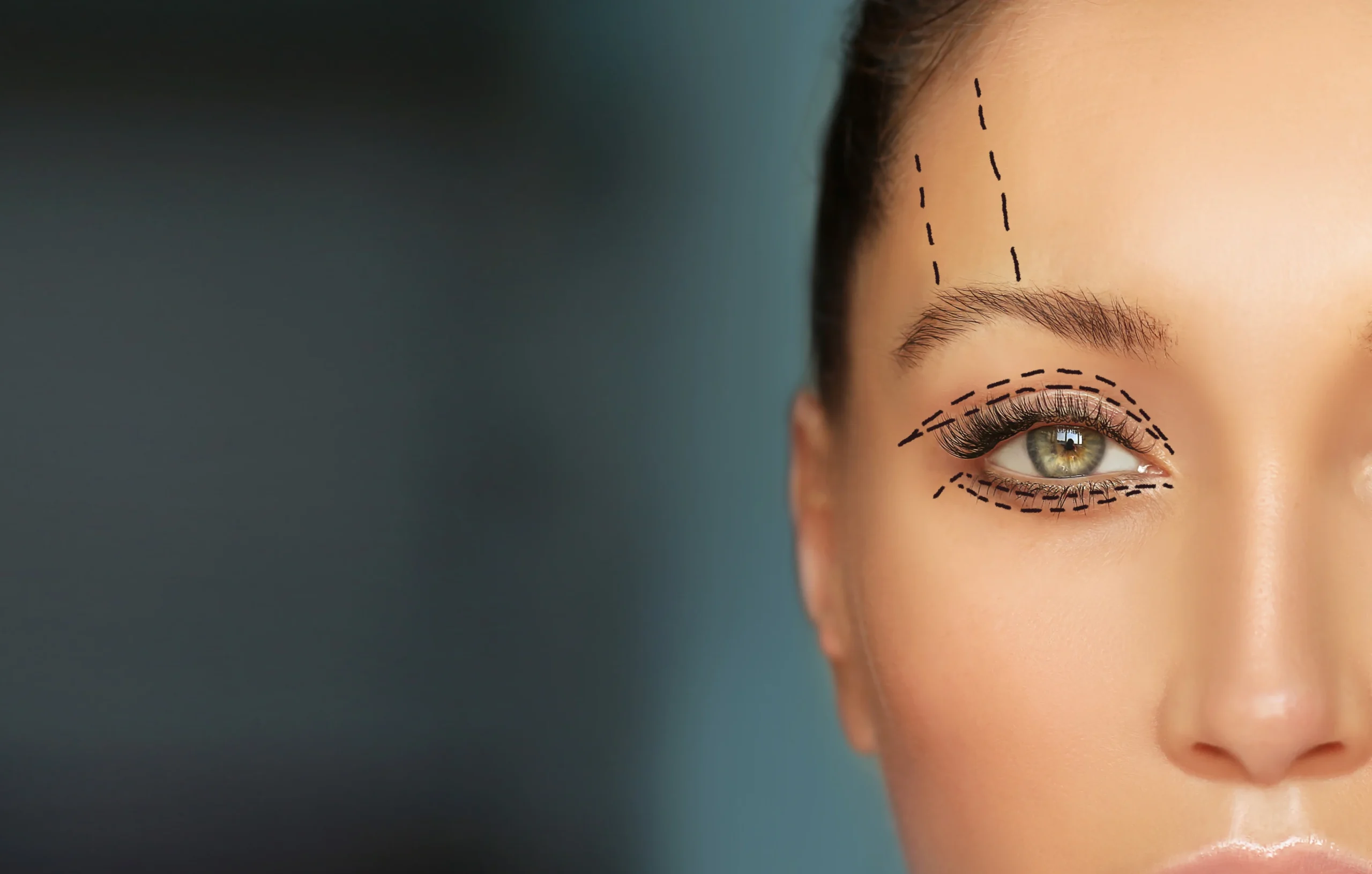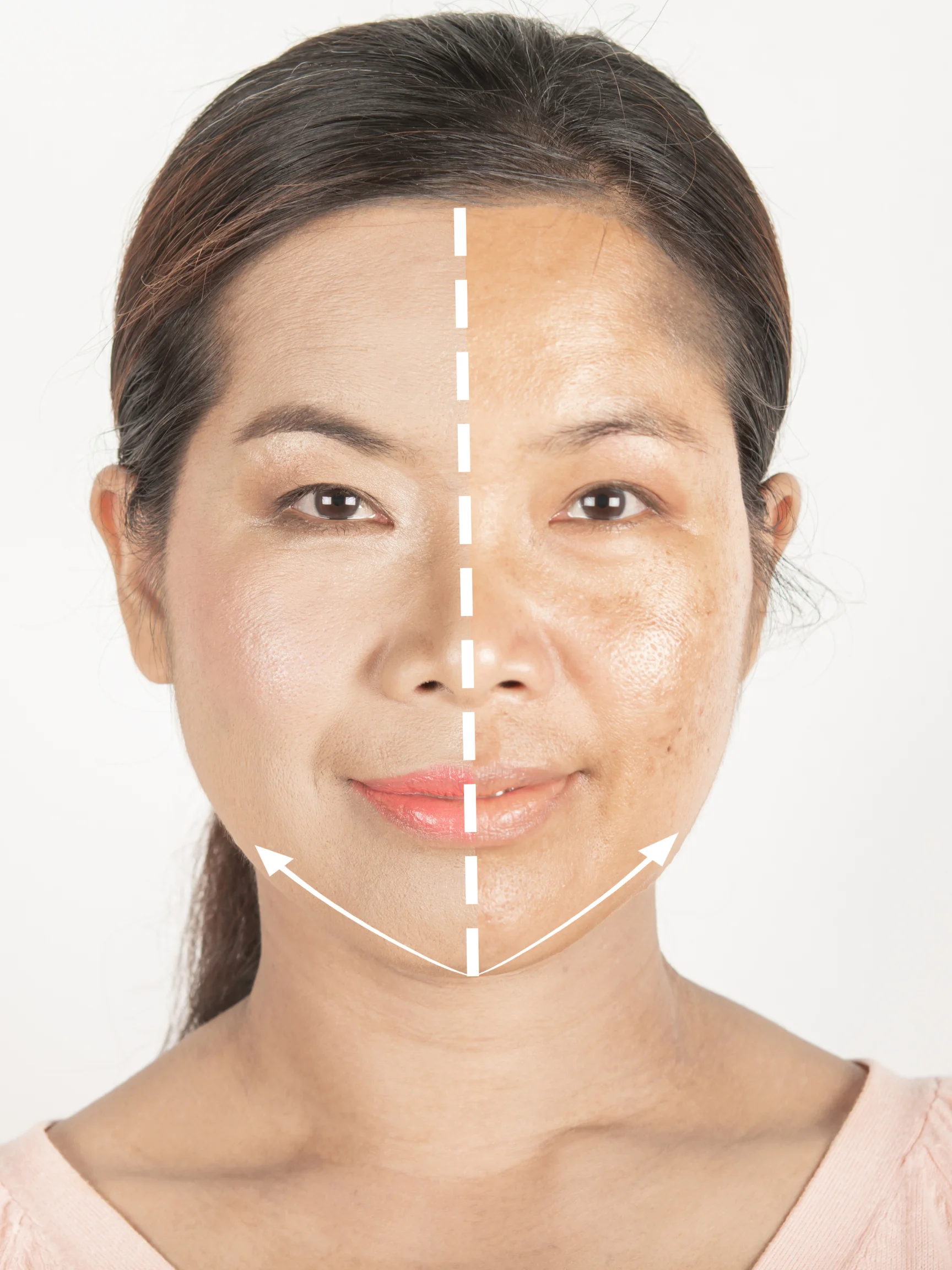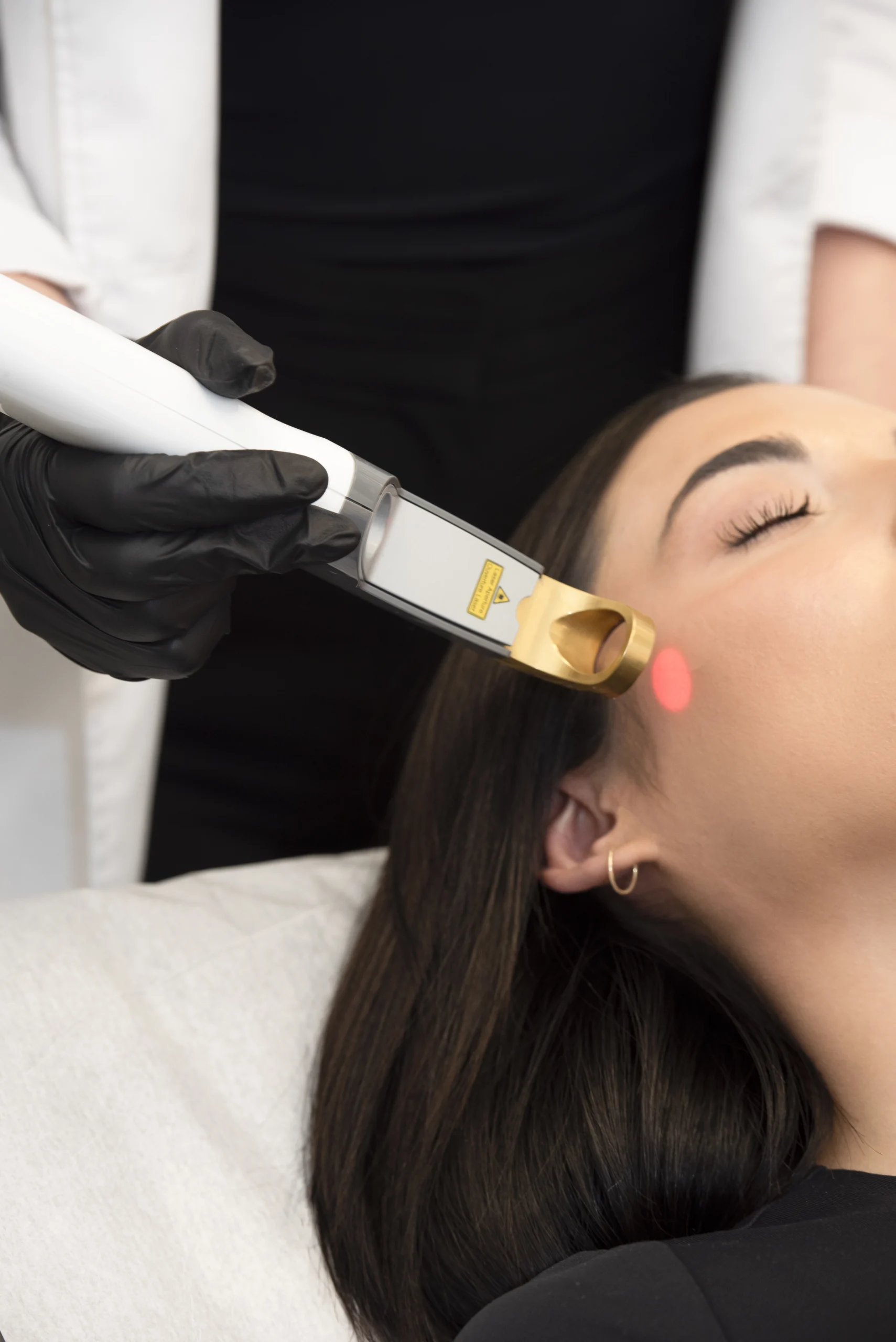- All
- Botox Injectables & Filler Treatments
- Facial Treatments + Peels & More
- Hair Restoration
- Surgical Treatments
- Body Rejuvenation
- Men's Skin Care & Aesthetics
- Restoration & Longevity
- Laser Treatments
Bioidentical Hormone Replacement Therapy for Women
Our hormones are responsible for regulating many different functions in our bodies. They play a crucial role in maintaining the proper functioning of many systems in the body, and imbalances or deficiencies in hormone levels can lead to various medical conditions and symptoms.












































